Learning in small groups (Cambodia)
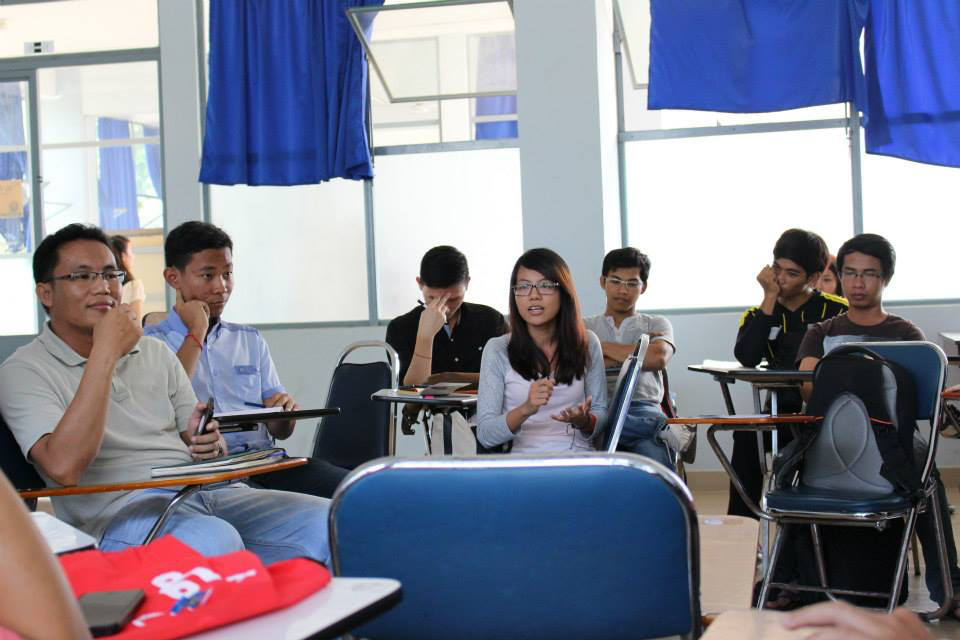
October 2015, Discussing how people learn in organisations, and the factors that aid on-boarding of new colleagues. At the Institute of Technology of Cambodia, Phnom Penh
I am sometimes at campuses where I am asked to give a presentation or talk. I prefer a more participatory session where I want the learners to be active. Often I have people who don’t know each other. I run a team based learning activity. Mine is a simplified version of an existing learning Team Based Learning strategy.
1) Start with learners exploring some ideas on their own, perhaps watching a video on Youtube (Pre-work) or checking some articles.
2) Students take individual tests that feature questions related to the topic we are exploring ( they are shown how many questions they got right but they are not shown which question they got right)
3) Students form teams, they discuss the answers and the leader (or all of them individually) posts the answers. Answers are revealed.
4) The facilitator discusses the questions.
The four stages of a Team Based Learning Experience
1) Pre-work (learners explore the content on their own) - I often combine this with the individual test.
2) Individual Test (students take the test individually, they can see how many questions they got right but they don’t see the right answers)
3) Team Test (students are grouped into teams, they discuss the answer, the leader posts the answer on behalf of the team, they see the right answers in the end)
4) Clarification and discussions
Individual Test
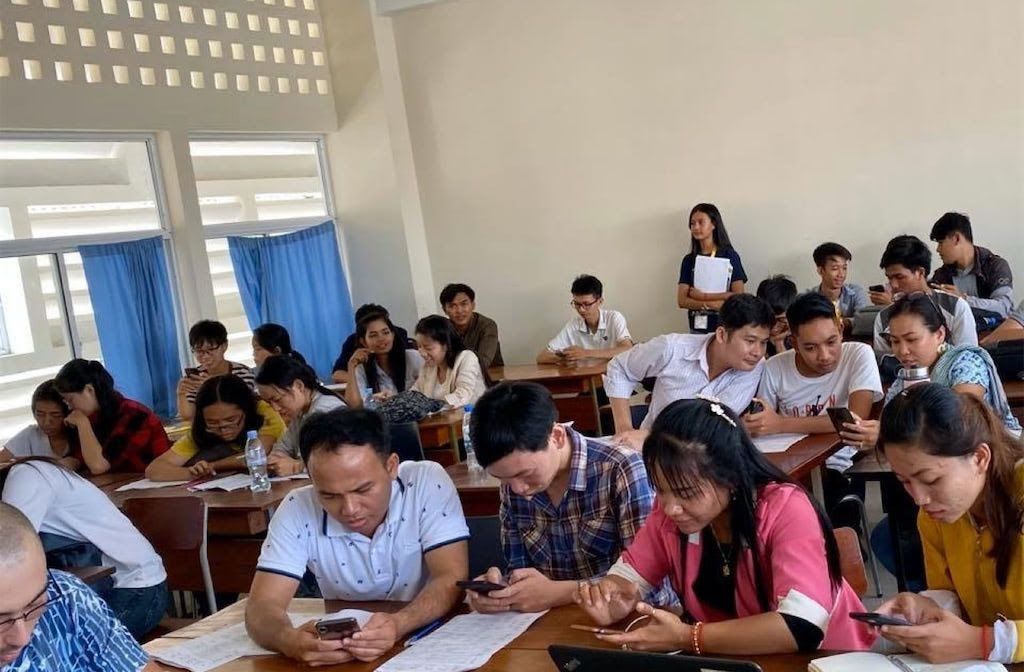
We ask the students to take a test individually. All the students get the same questions. They must answer these (created on a Google Form) individually. Talking to each other and discussions are not allowed.
Here is the form we use for the individual test
Google forms produce a very long URL. Use a service like tinyURL or Bit.ly to create a short link for your forms. This way the students can type in the link easily on their phones. For example I shortened the URL for Individual Test form to bit.ly/mmsugar1
Here are the Google Form settings for the Individual test

At the end of the Individual test, they see their score and the questions they got wrong or right but they do not see the correct answers. By not giving the correct answers, we make the students curious.
Team Test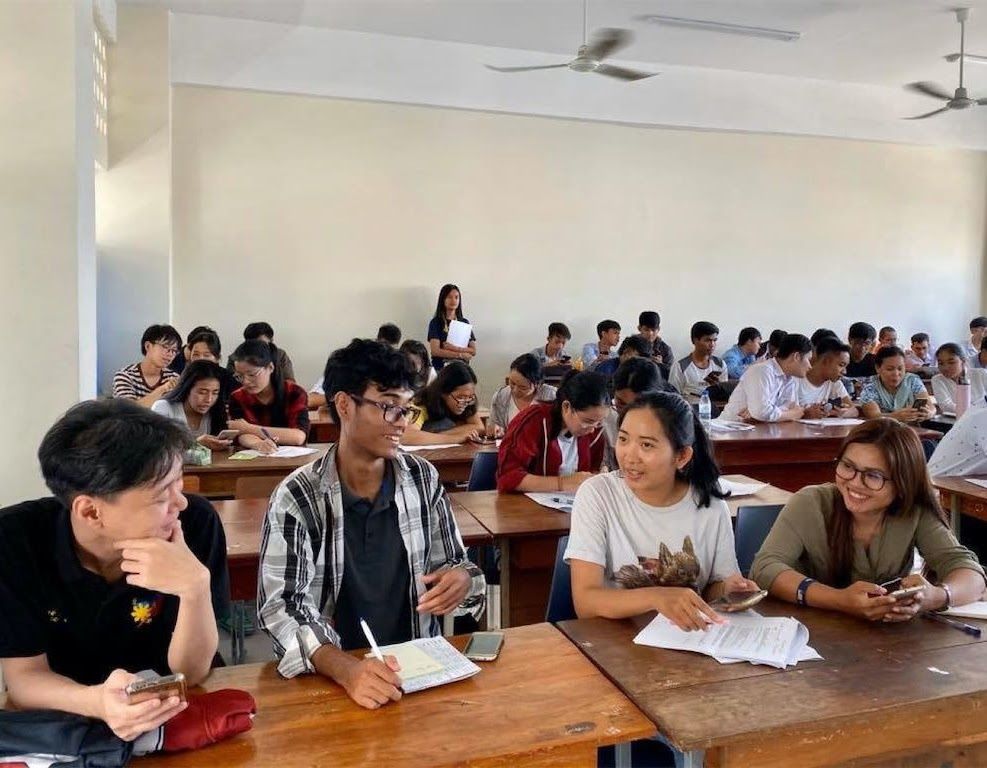
This time we ask the students to make the team (3 to 4 students per team). The team must also select a reporter or leader.
We ask them to take a Team Test. The Team Test has the same questions as the Individual Test earlier. The idea is that the student who got the correct answer in the Individual Test will now help the other student understand why their answer is the right answer. Once they have discussed the answer, the reporter types in the response on their phone.
We also have one or two higher-level questions that build on the earlier question. For these questions, the team will need to have a short discussion and come to an answer. The reporter types in the response and submits the form.
Here is the form we use for the Team test
Again I shortened the above link to bit.ly/mmsugarteam. Also, I have changed the colour of the Team Test form. This makes it easy to check if the students are answering the right form by just glancing at their phones.
Here are the Google Form settings for the Team test
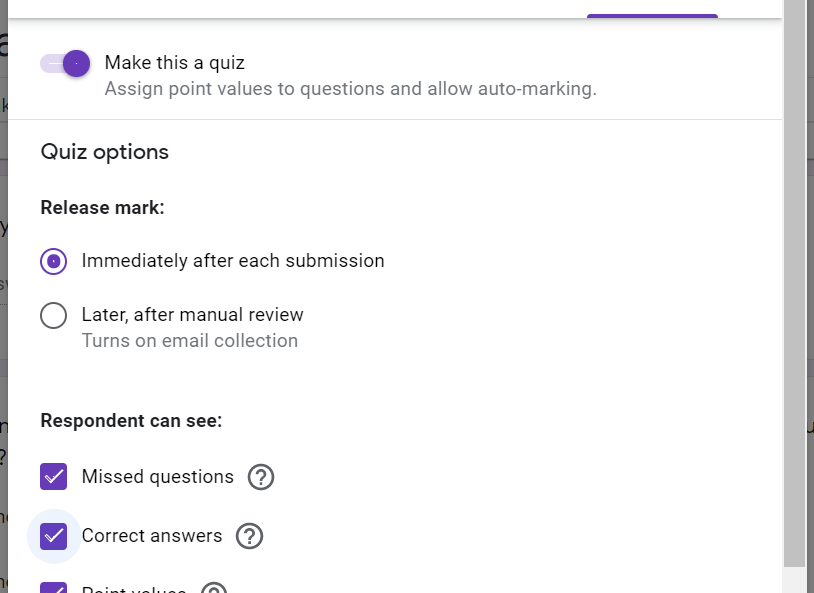
This time the team can see the correct answers to the questions.
You can create the Team Test form by duplicating the Individual Test form. Change question 1 to ask for team member names. Add the higher-level questions at the end. Also remember to change the settings to show the answers this time.
Conclusion
In the Individual Test, the students explore “fact” information. They can Google search and find the answers. These answers are terms or values, for example: the capital of a country, the amount or sugar one can consume safely, the height of a mountain.
In the Team Test, they help each other figure out the right fact. The higher-order questions help them use these facts to analyse a real world issue.
After the test, the teacher can download the test scores from the forms and analyse 1) percentage of wrong answers in Individual Test, 2) percentage of wrong answers in the Team Test, and 3) The improvement in scores. Finally, the teacher can also analyse the answers to the higher-level questions to evaluate if students are applying the information gained from the “fact” based questions.
If students got some questions wrong in both Individual and Team tests, the teacher can explain the concepts.
Suggestions
If you plan to conduct many such team learning activities, I recommend that you use Google Classroom to collect these activities. Google Classroom allows you to integrate forms and administer them to your students. This way once your students are enrolled in a Google Classroom class, they do not have to keep typing the form URLs on their phones.
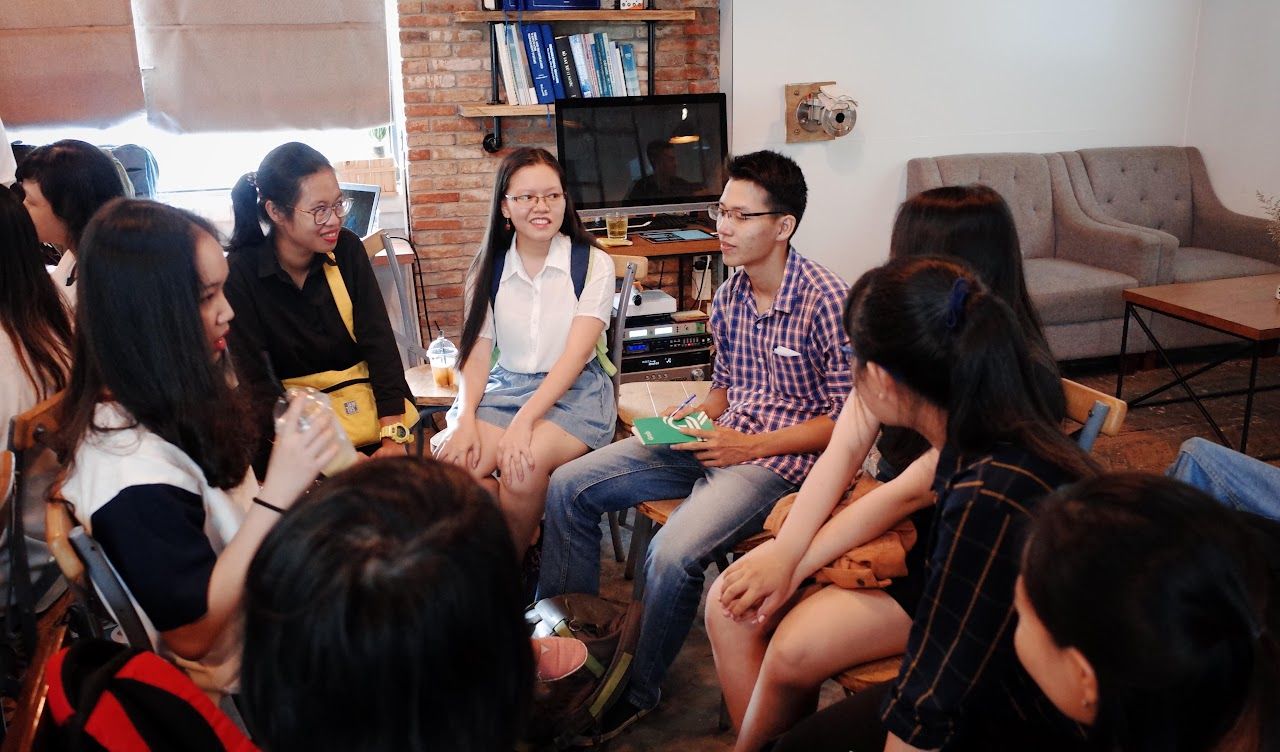
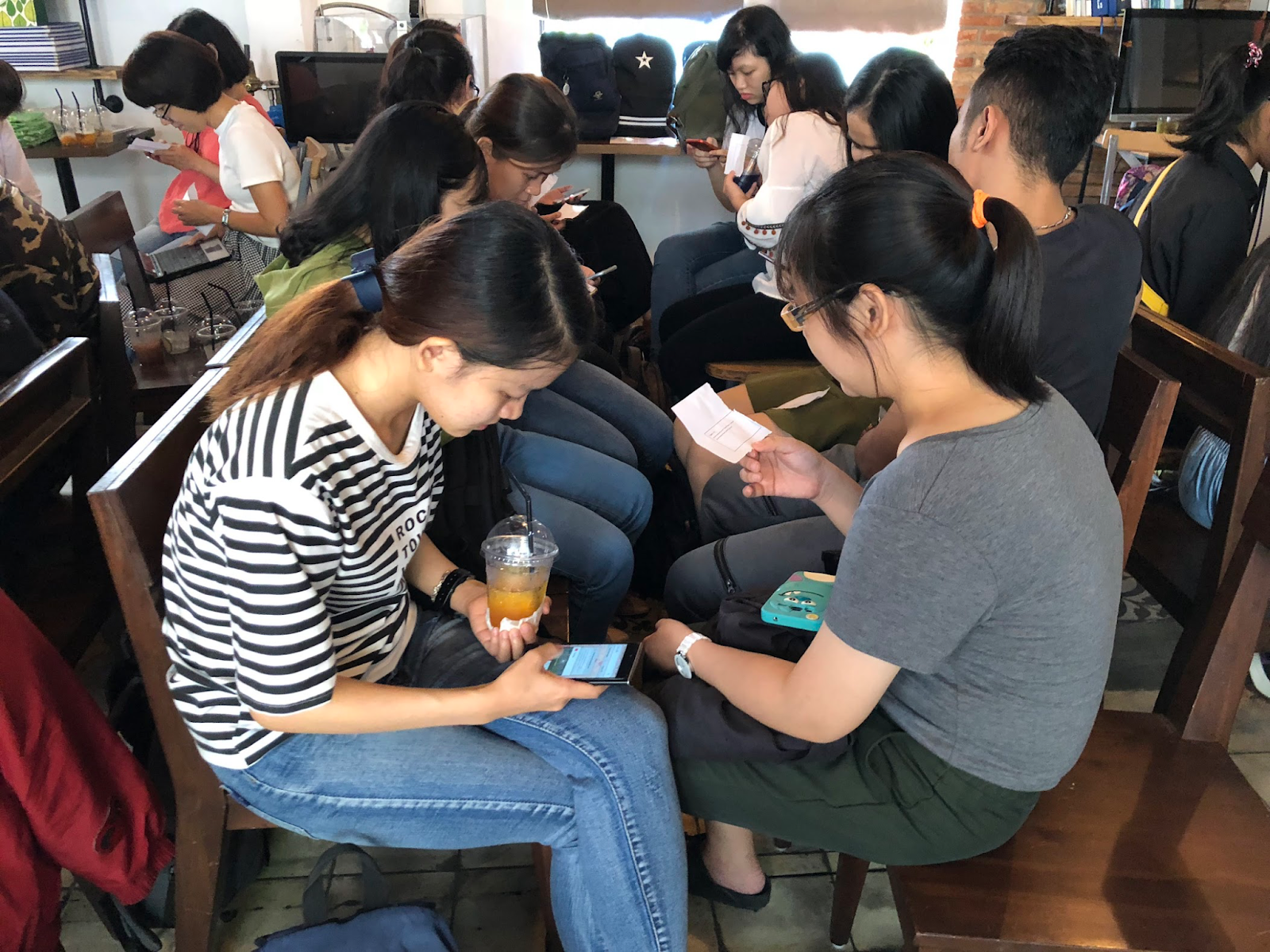

Photos from team learning activities in Phnom Penh, Saigon and Kuala Lumpur. One immediate observation is the engagement of the participants. Participants are digging in, probably because they can feel that their peers truly value what they know and the experience they bring.
Thoughts on simplification
An edtech CEO actually scoffed when I told him about my Google Forms TBL workflow. My derivation of the above workflow is actually driven by simplicity. I don’t want teachers or students to spend a lot of time getting to learn a new interface. Web forms are simple. The focus stays on the actual topic.
Multiple iterations taught me that the “application case” could be integrated as an open ended question with the Team test rather than a separate activity. A dedicated TBL software does optimise some things, like copying the team test score posted by the leader to other members. If you do need team test scores for all the participants, I will recommend getting all team members to submit the team quiz after their discussions. It is unlikely that they will purposely deviate from the answer that the team has decided.

